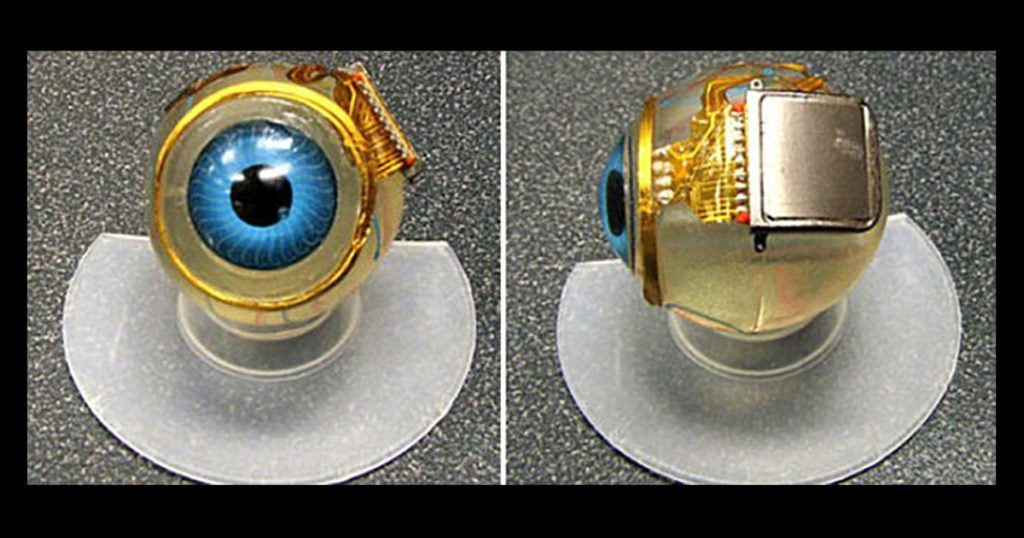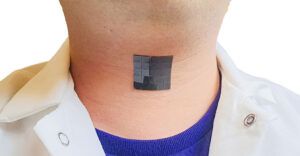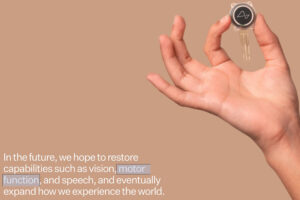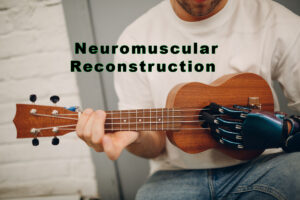Bionic Eyes – hope for retinal disease
Bionic eyes bring hope for millions of people losing their vision because of age and other disease-related factors. The very idea of losing your sight is frightening, and sadly this is the reality many face.
This bionic eyeball might look like it’s been plucked from the skull of a movie android, but it’s really a symbol of hope for millions of people who have a retinal disease and age-related macular degeneration, two major causes of blindness.
How it works
A tiny camera is attached to a pair of glasses worn by the patient. The camera gathers images much like a real eye would, then transmits them wirelessly to a titanium-encased microchip on the eyeball.
The chip stimulates retinal nerve cells, which then send pictures along the optic nerve to the brain. According to the inventor, “The implant can’t restore full vision, but our goal is to provide enough that a patient can walk down a familiar street without a cane or a guide dog.” FDA approval is needed to bring this forward into the marketplace.
Wow!



This will bring hope to a lot of people who struggle with incurable eye related degenerating diseases.











